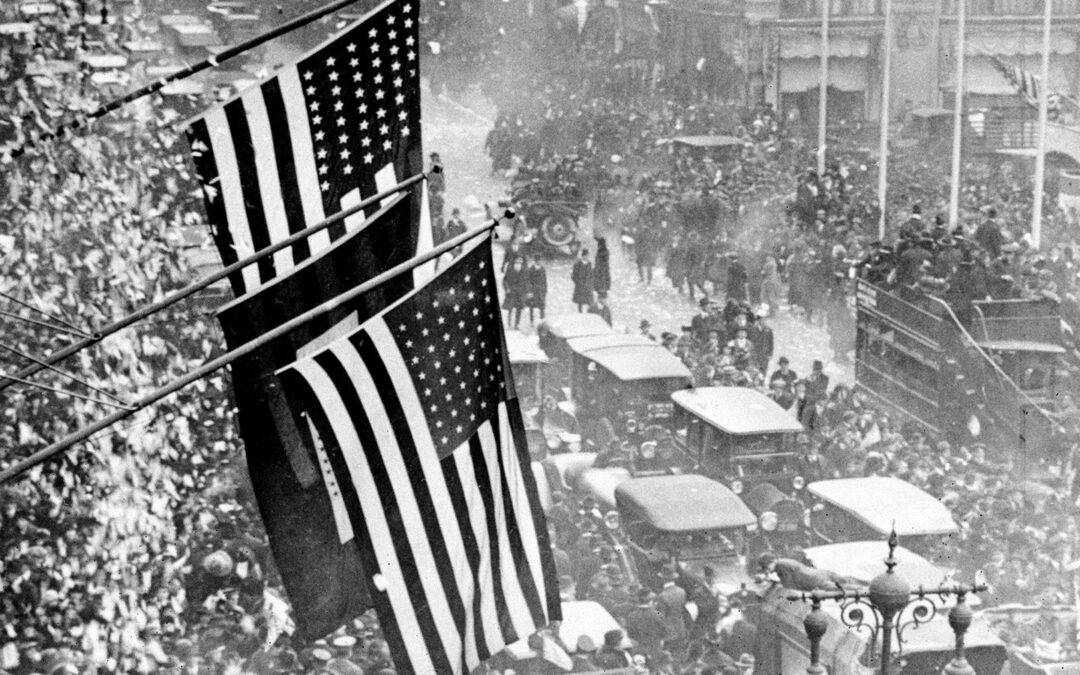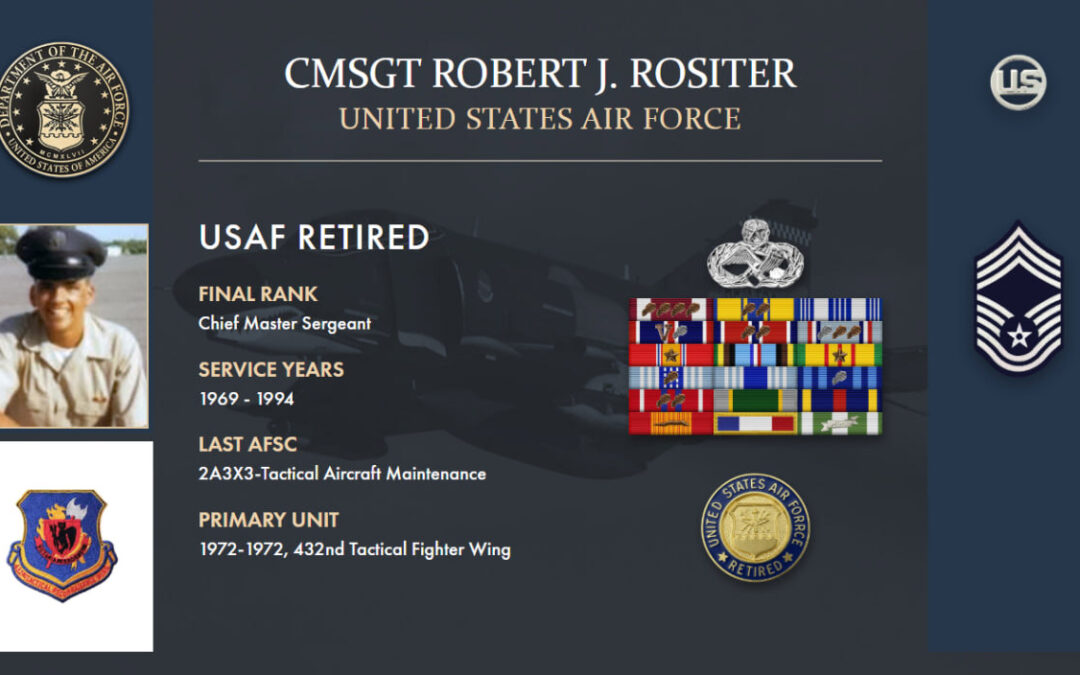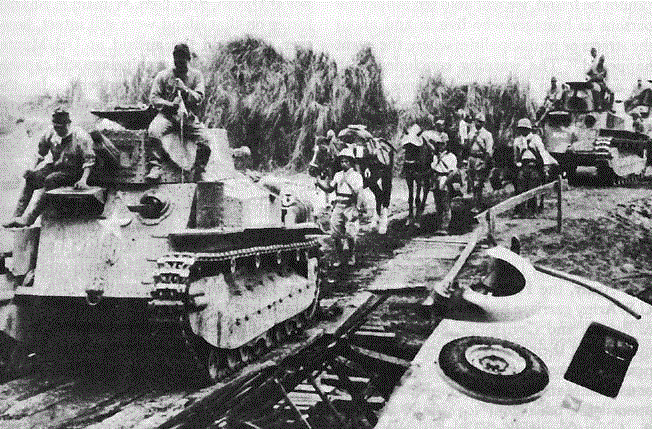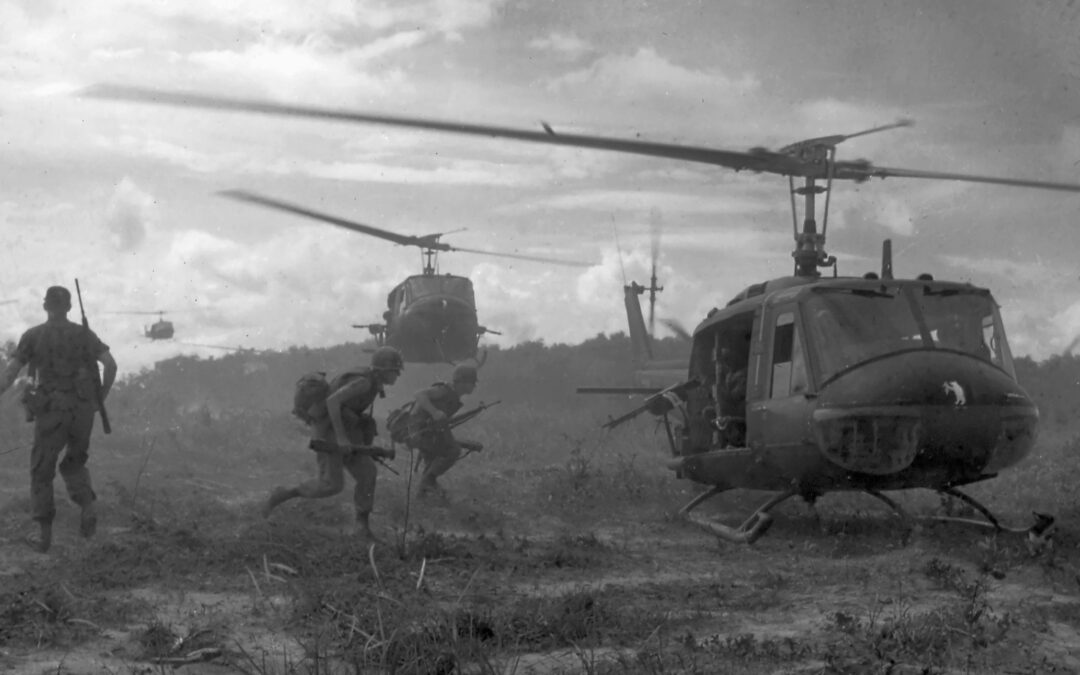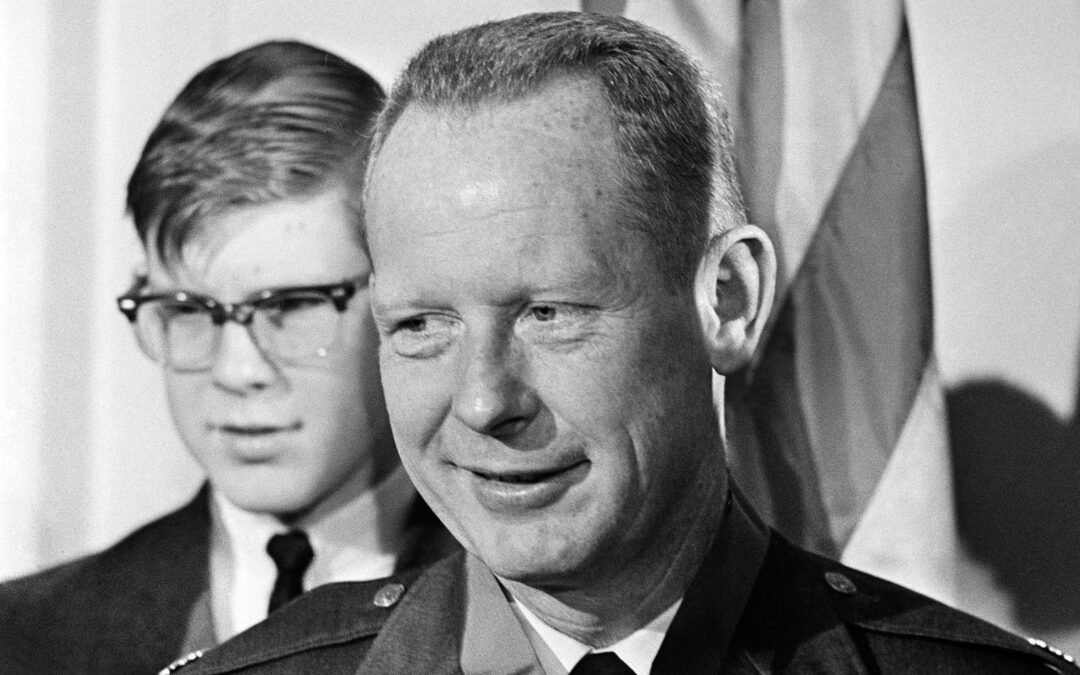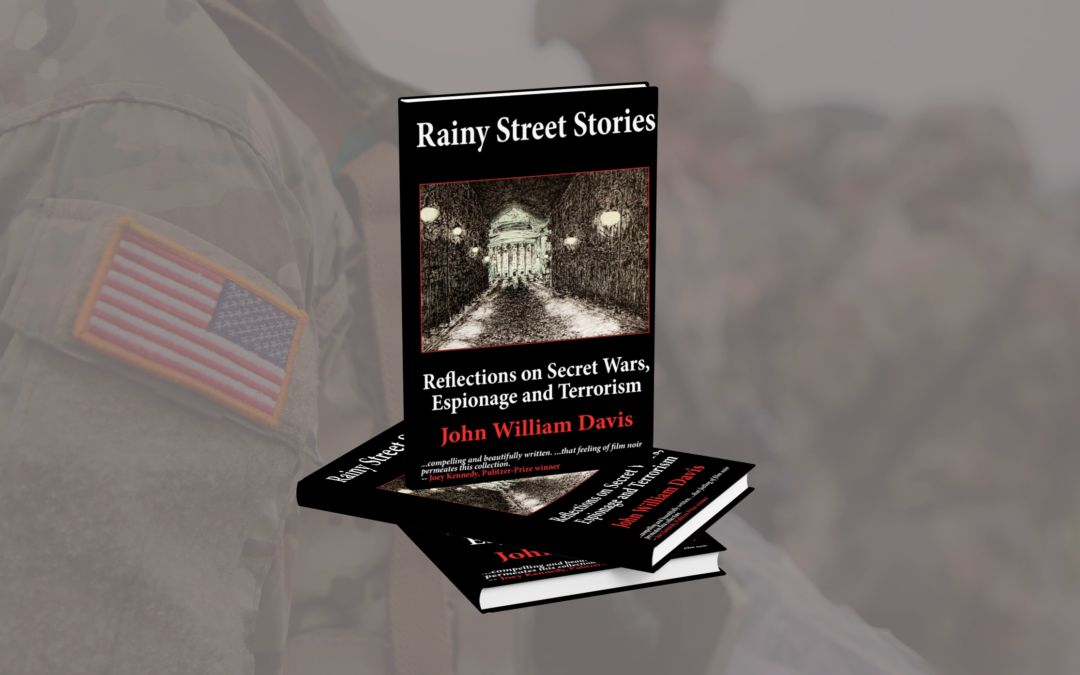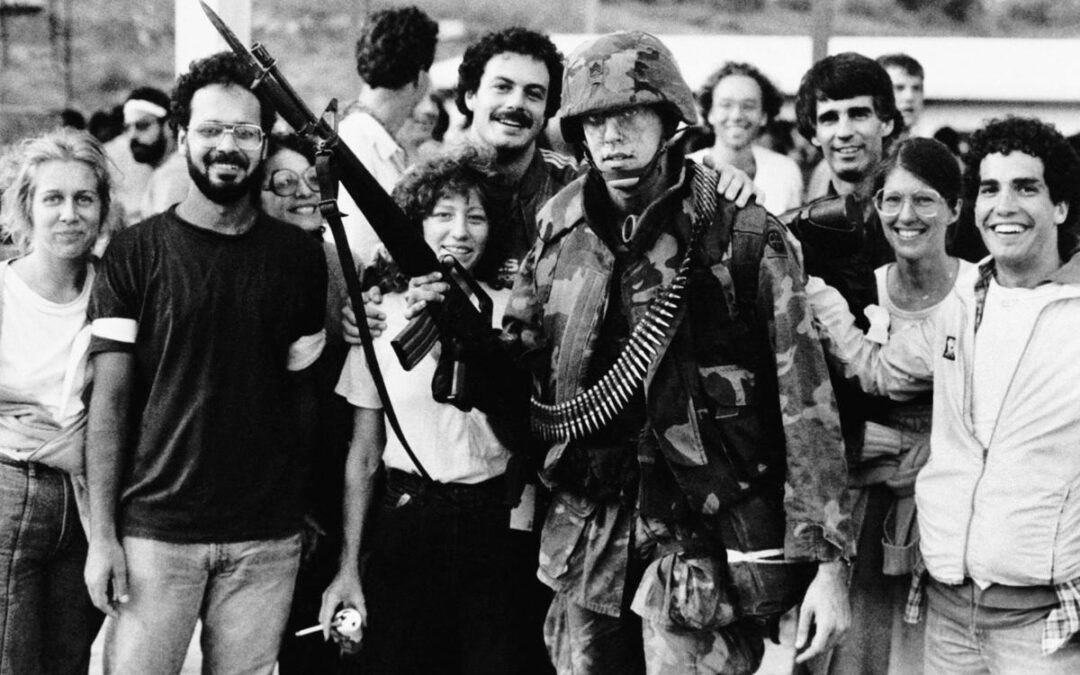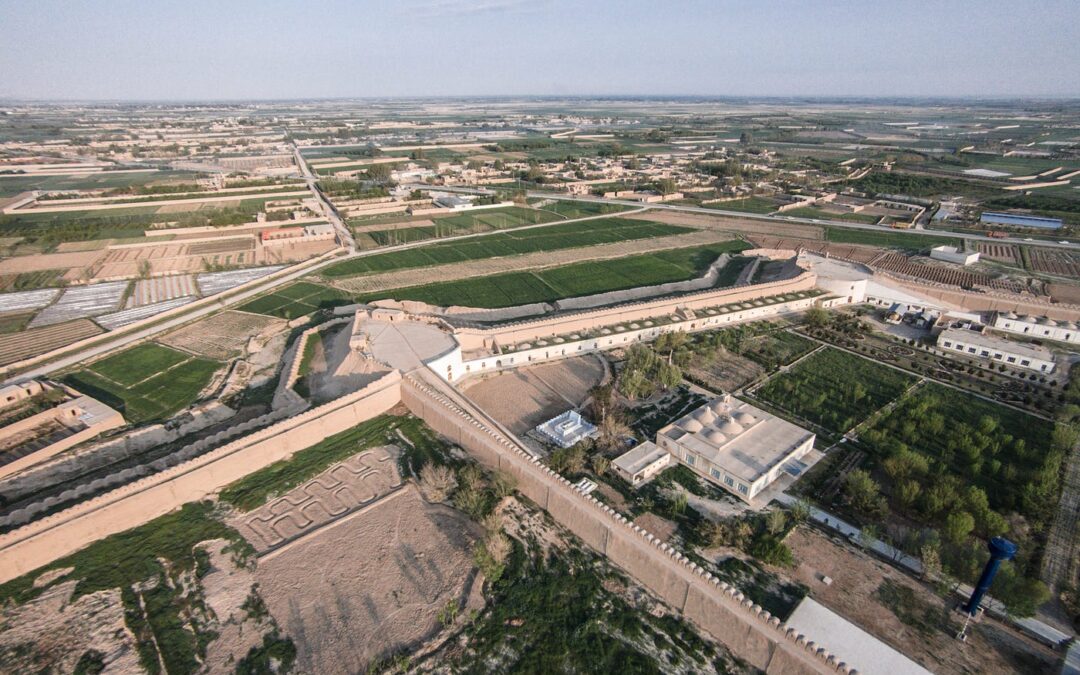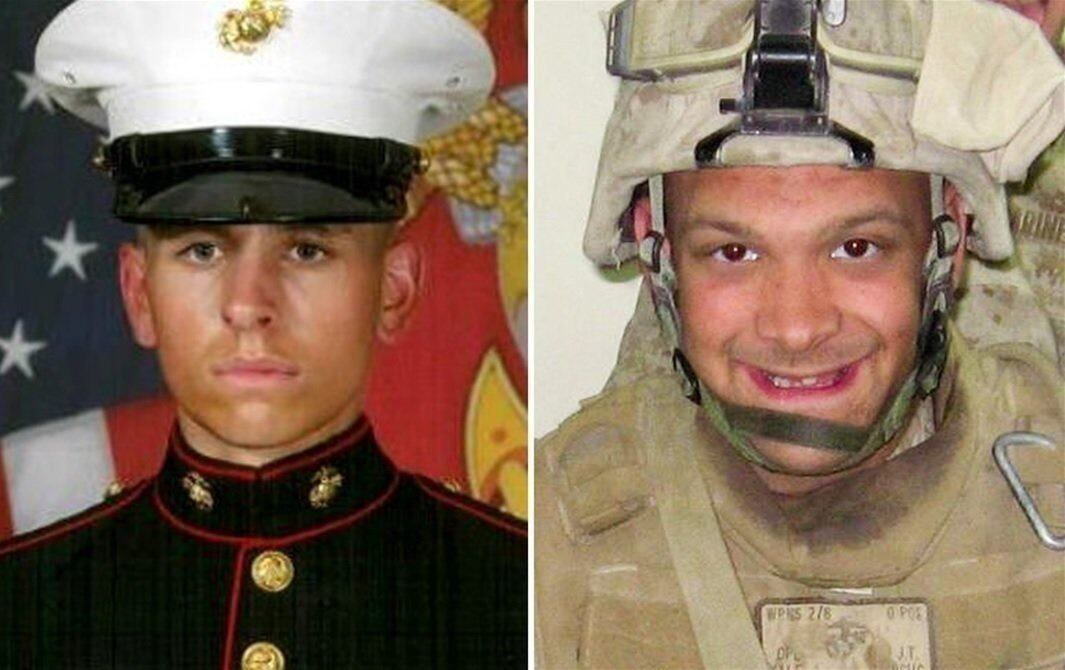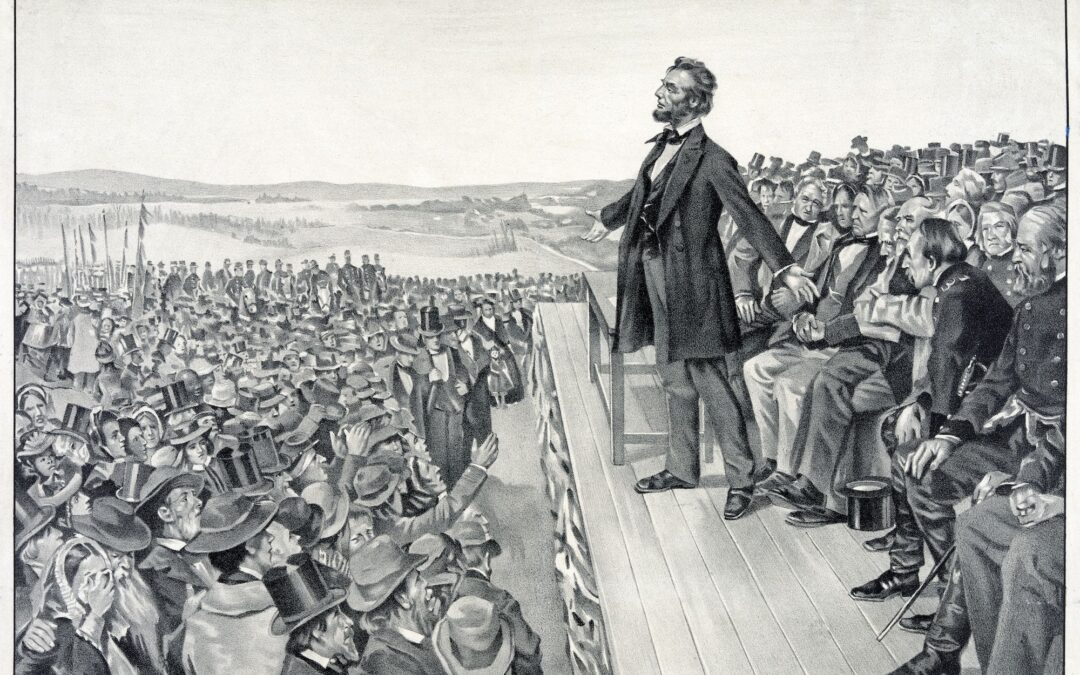On the 11th hour of the 11th day of the 11th month in 1918, the belligerent armies fighting World War I finally laid down their arms and stopped killing each other for the same pieces of blown-up mud they'd been fighting over since 1914. The Origins of Veterans Day The First World War killed as many as 22 million people worldwide and left some 23 million more wounded. An estimated 53,000 of those killed were American service members. Another 204,000 Americans would return home wounded. World War I ushered in a new age of warfare: industrial and mechanical innovations killed, wounded, and maimed troops on the battlefield in ways previously unimaginable. Tanks, machine guns, and poison gas forever scarred the men in the trenches in ways they could never forget - and Americans back home took notice. On the anniversary of the armistice, President Woodrow Wilson proclaimed the first commemoration of Armistice Day, saying: "To us in America, the reflections of Armistice...
